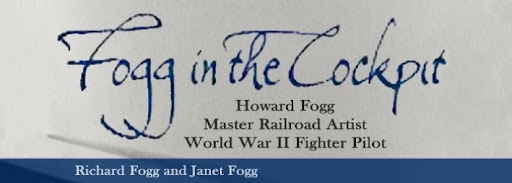Excerpts from the 359th Fighter Group's Reports from the Office of the Group Historian:
27 April 44 - "P-51s began to arrive and on the 28th they arrived in swarms so that there were 41 on the station that night. They were flown in by ferry pilots, the Group losing its wingshackled P-47D22s to the Ninth Air Force."
30 April 44 - "The P-51 complement of 76 now was complete, and there were more than 140 aircraft on the station as April ended..."
4 May 44 - "P-51s were flown over Europe by the Group for the first time on 4 May, when the 369th Squadron put up 13 in a hybrid formation of 28 which flew into Holland on FO 326."
27 April 44 - "P-51s began to arrive and on the 28th they arrived in swarms so that there were 41 on the station that night. They were flown in by ferry pilots, the Group losing its wingshackled P-47D22s to the Ninth Air Force."
30 April 44 - "The P-51 complement of 76 now was complete, and there were more than 140 aircraft on the station as April ended..."
4 May 44 - "P-51s were flown over Europe by the Group for the first time on 4 May, when the 369th Squadron put up 13 in a hybrid formation of 28 which flew into Holland on FO 326."
 One of the first P-51Bs to arrive at East Wretham. Photo courtesy of Anthony C. Chardella. Text and photo archived by Char Baldridge, Historian, 359th Fighter Group Association.
One of the first P-51Bs to arrive at East Wretham. Photo courtesy of Anthony C. Chardella. Text and photo archived by Char Baldridge, Historian, 359th Fighter Group Association.








